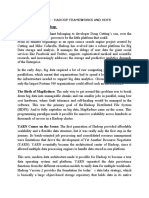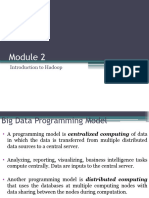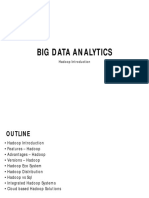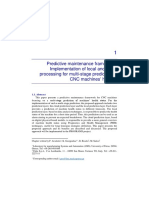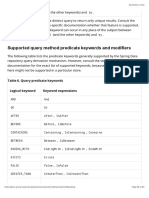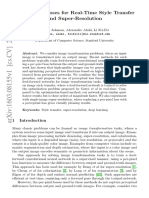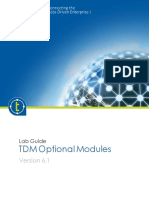0% found this document useful (0 votes)
20 views22 pagesBig Data Open Source Framework-Hadoop
Apache Hadoop is an open-source framework designed for the distributed processing of large data sets across clusters of commodity computers. It includes key components such as HDFS, YARN, and MapReduce, and is widely used by organizations like Yahoo, Facebook, and Amazon for big data management. The Hadoop ecosystem also features additional tools like HBase, Pig, and Hive to enhance data processing and analysis capabilities.
Uploaded by
hassanali2415Copyright
© © All Rights Reserved
We take content rights seriously. If you suspect this is your content, claim it here.
Available Formats
Download as PDF, TXT or read online on Scribd
0% found this document useful (0 votes)
20 views22 pagesBig Data Open Source Framework-Hadoop
Apache Hadoop is an open-source framework designed for the distributed processing of large data sets across clusters of commodity computers. It includes key components such as HDFS, YARN, and MapReduce, and is widely used by organizations like Yahoo, Facebook, and Amazon for big data management. The Hadoop ecosystem also features additional tools like HBase, Pig, and Hive to enhance data processing and analysis capabilities.
Uploaded by
hassanali2415Copyright
© © All Rights Reserved
We take content rights seriously. If you suspect this is your content, claim it here.
Available Formats
Download as PDF, TXT or read online on Scribd
/ 22







